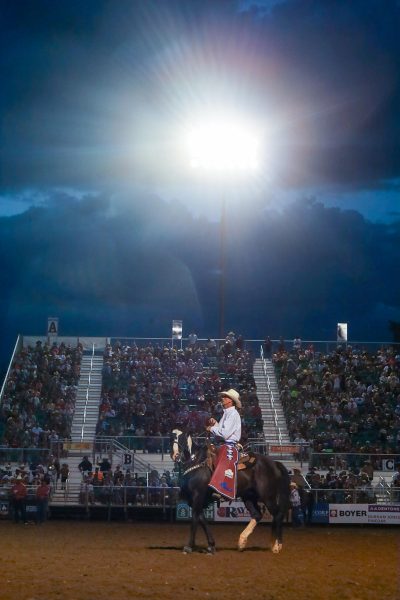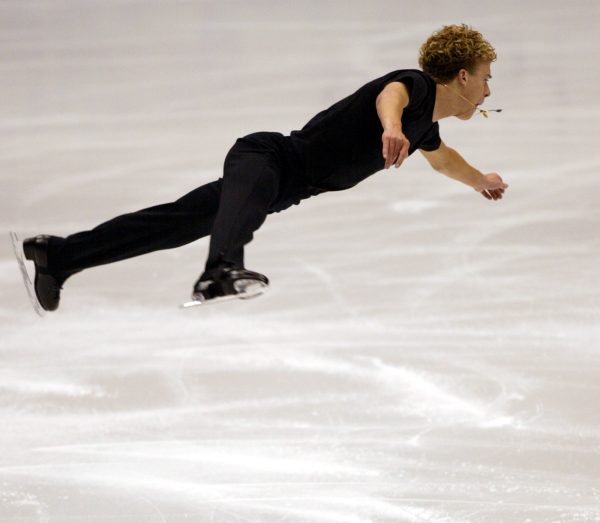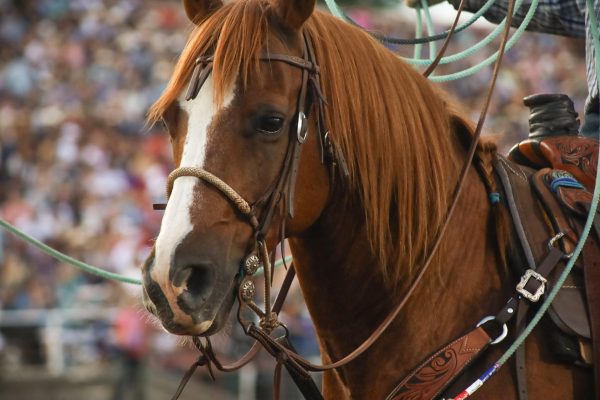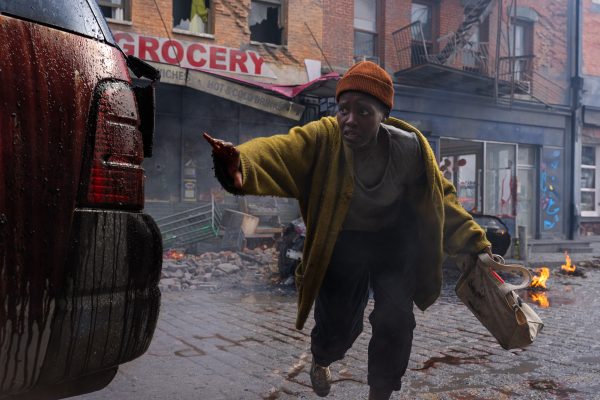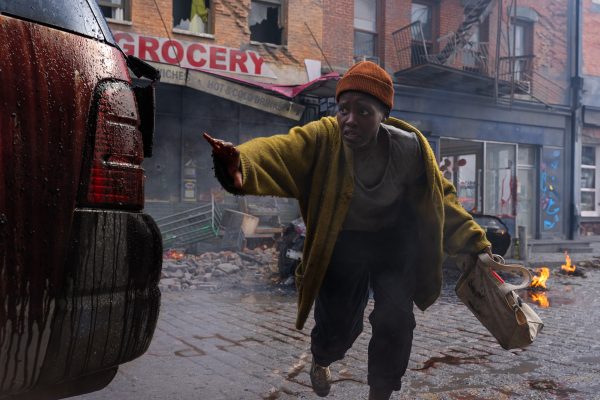Influential Black figures in Ogden’s history
Feb. 1 marks the beginning of Black History Month, a time to add extra emphasis to the achievements and struggles of African Americans in U.S. history. Ogden’s history is filled with many influential Black figures — some whose names students might recognize but not fully know.
Five selected figures showcase great leadership, advocacy and perseverance, and it’s important to keep their stories known.
Sarah Langsdon, Weber State University’s head of special collections, is working on a project called Blacks in Ogden and had plenty of information to share about these five figures.
“We’re all a part of this amazing story that is Ogden, Utah,” Adrienne Andrews, vice president of Equity, Diversity and Inclusion at WSU, said. “It’s our story.”
Joe McQueen
25th Street was the home of one of Utah’s most celebrated jazz musicians: saxophonist Joe McQueen.
Where local indie music store Lavender Vinyl now stands was once Ogden’s first desegregated club, Porters and Waiters. The name referred to the Black railroad workers that would serve food and carry luggage at Union Station. It was originally run as a hotel by Bill and Anna Belle Weakley, but McQueen suggested they turn the basement into a jazz club.
McQueen, however, had one catch — the club would welcome everyone.
“Ogden was segregated, and people don’t realize that,” Langsdon said.
Black businesses and operations could only be held on the south side of the street, but McQueen insisted that everyone be able to enjoy his music.
According to Langsdon, many of the jazz greats, including Dizzy Gillespie, played with McQueen while they were in town, usually to switch trains at the station.
The original Porters and Waiters Club building burned down in 1969 from a kitchen fire. McQueen continued to play jazz music in and around Ogden. He passed away in 2019 at the age of 100.
Marshall White
Marshall White was one of Ogden’s first black police officers. The Marshall White Center is named after him and continues to celebrate his legacy.
According to Langsdon, White was a military doctor during World War II. He was sent to Ogden to treat the increasing numbers of STDs that were occurring among military men. After the war, White decided to stay in Ogden.
A podiatrist by trade, White didn’t take long to realize he wanted to be a police officer instead. The Salt Lake Police Department refused to hire him, but in 1949, he officially became an officer for Ogden Police Department.
Another accomplishment for White was leading as president of Ogden’s chapter of the National Association for the Advancement of Colored People. Part of his mission was to create a space where the community could gather, Langsdon said.
In 1963, White was killed in the line of action at age 54. After his death, his family advocated for the Marshall White Center, which opened in 1968.
The Marshall White Center’s location is heavily tied to the segregation that occurred in Ogden.
“African Americans were only allowed to live from 25th through 30th and below Washington … so that’s why the Marshall White Center is smack dab in that area,” Langsdon said. “The reason it was built where it was built was so that lower-income families who may not have a safe place to go or the ability to go somewhere could get to it.”
One of White’s sons, Ron White, continues to advocate for the center, calling for repairs and arguing against plans to tear it down in favor of something new.
Jim and Bettye Gillespie
After Marshall White was killed, Jim Gillespie became the president of Ogden NAACP, where he remained for more than 30 years. He and his wife Bettye were influential advocates for African Americans in Ogden and the state as a whole.
They are the grandparents of Adrienne Andrews, who looks back fondly with the memories of their involvement.
“Over the lifespan of these two people, so many historical moments occurred,” Andrews said.
Bettye Gillespie stood up for civil rights beginning at an early age. Andrews recounted how her grandmother was once told that she couldn’t swim in a public pool as a child. She tried to go anyway and was shocked when they wouldn’t let her in. In response, WSU said she and her friends could use their pool.
“For me, this is where my Weber State story begins,” Andrews said, “Weber State is a bold institution. We are quiet but mighty, and we stand up where we need to stand up.”
At one point, they bought a house in Riverdale and it got tarred. Andrews said the community helped clean it up, with community leaders telling young boys to look out for the Gillespies’ children. When Bettye would retell this story, she would focus on the support they had received from their neighbors.
“That does not mean there was no racism, but at the same time, it says that there were people who said ‘we are all people, and we deserve to share respect and common humanity with each other,’” Andrews said.
Jim led Ogden NAACP until his health started to fail, during which Bettye took over for a period of time until she also stepped back to take care of her husband.
Willie Moore
Willie Moore was the first African American to open a business on the north side of 25th Street, going against what previous segregation laws had imposed. Moore’s Barber Shop still runs on the corner of 25th and Lincoln Avenue.
According to Langsdon, Moore was a Harlem Globe Trotter before becoming a barber, and he shelved his trophies inside the shop. Now owned by a former employee, Moore’s Barber Shop looks the same as it did when he ran it.
Each of these influential black figures paved the way for change in the Ogden community and were leaders in their own rights.
“I am always grateful for the opportunity to hear new stories from them or about them from other people, and it’s just such a rich tapestry to be a part of,” Andrews said, referencing this network of leaders. “I’m truly grateful.”





